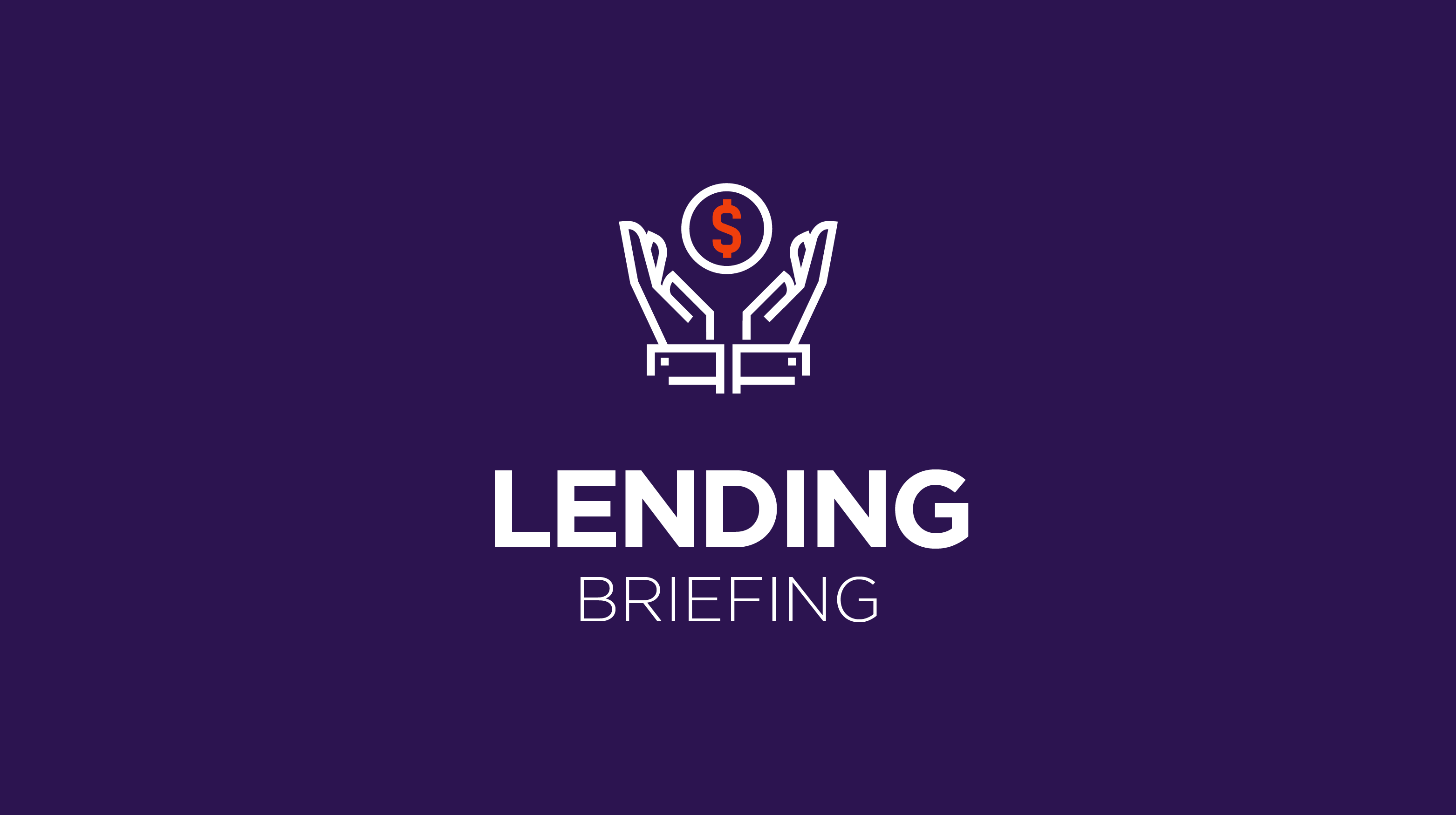Member Exclusive, Online Lenders
Lending Briefing: Gen Z is expanding the credit market
- The US credit card market continues to grow: the number of credit cards topped 500 million for the first time ever at the end of Q2 2022.
- Younger generations are behind the increase, experts say, as more Gen Zers start their credit journeys.








